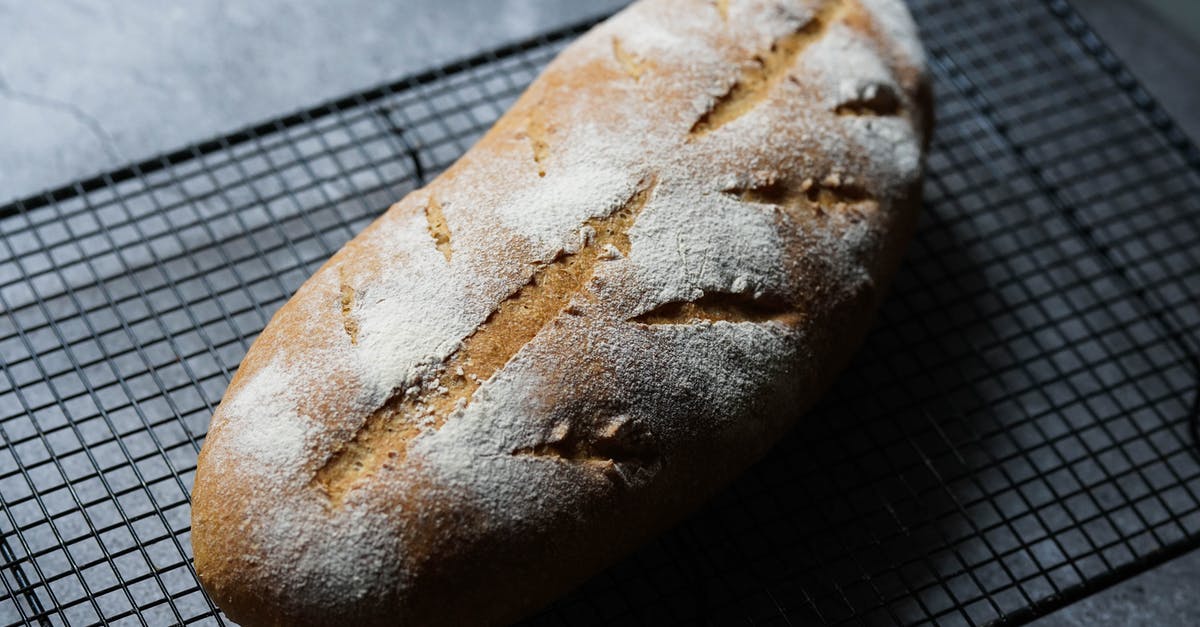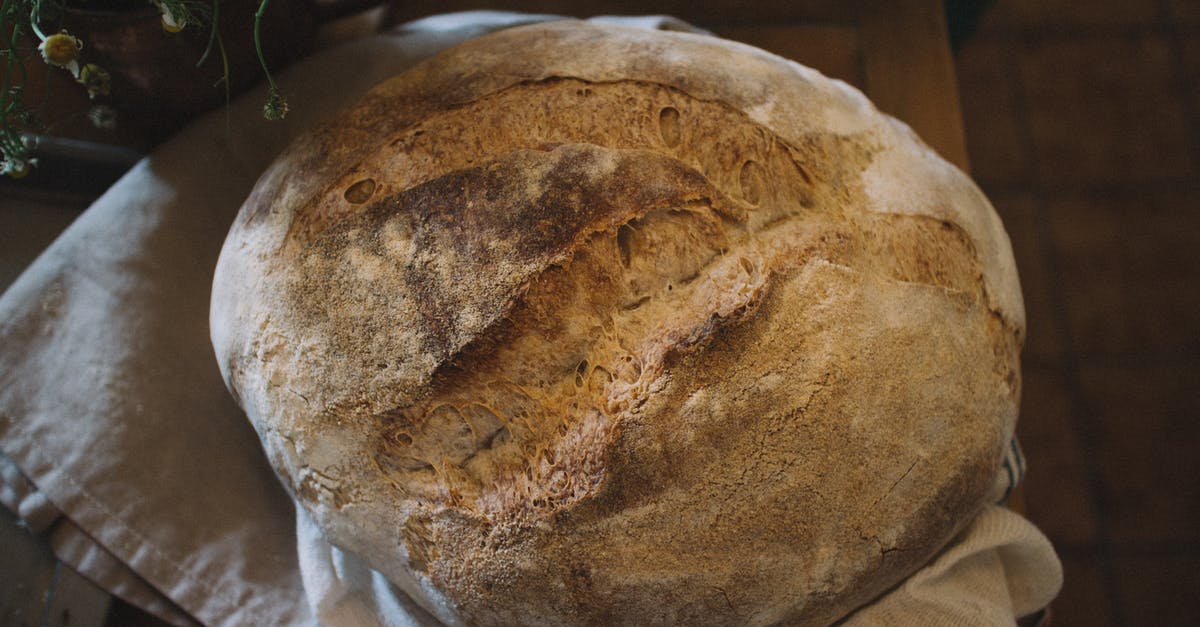How does hydration of a sourdough affect baking features?

Looking at different recipes for sourdough starters, there's everything from a mix as dry as cookie dough to as wet as gruel. In this (danish) recipe from the acclaimed chef Claus Meyer of a pretty wet sourdough (1:1 water-flour-ratio by volume), it says that:
This type of sourdough is mostly used to give a nice and mild sour taste, to give the bread character, and not as much for its leavening features. Therefore, in most of our bread recipes we use a combination of sourdough and a very small amount of yeast.
This got me thinking, does the hydration of a sourdough affect its baking features? If so, in what ways?
Best Answer
Note: This answer goes in a bit more detail than necessary to answer the question. If you truly only care about the hydration, please only read "Water/flour ratio" and "Flavor of the bread". I have added the other information as well since the effects are similar to that of a change in hydration.
I've frequently baked (about once to twice a week) with sourdough for 4 years now. I'm not a professional. The only thing I can take a bit of pride in is that a professional baker who tested a loaf of my sourdough bread told me that it's "fantastic, considering the little possibilities available to control the conditions the sourdough and loaf are exposed to at home". So while far from perfect, I'd consider my sourdough breads and knowledge pretty good.
Most of what I'm writing now was first read on the internet somewhere and confirmed through testing it with my own sourdough culture (I'm still using the same one I started out with).
Apart from the flour you use, there are several factors that affect the taste of the resulting bread:
Temperature
This has, in my experience, the biggest impact on the taste. The following rules apply:
Anything over 40°C is deadly to the microbes in your sourdough.
Lower temperature: More acetic acid, less lactic acid, yeasts develop more slowly.
Higher temperature: More lactic acid, less acetic acid, yeasts develop more quickly.
Lactic acid bacteria prefer temperatures at around 30-35°C
Yeasts like temperatures around 25°C best
Note: Your sourdough can be 1-2°C warmer than the environment due to microbial activity. That can be important to keep in mind.
Water/flour ratio
Most of the time, people use a ratio of 1:1 water/flour for the sourdough and that will give you good results, but you can play around with that ratio to change the taste to your liking:
Lower water content causes more acetic acid production and less developed yeasts
Higher water content will make it easier for the yeasts to grow and increase the lactic acid content
I've found that having more than 1.5 times the amount of water compared to the flour will hardly have any effect on the dough anymore and I'd recommend stirring the dough every couple of hours with that much water.
On single staged sourdough, using less than 0.75 times the water compared to the flour is also not a good idea and you will probably be required to add yeast in the bread dough.
Salt and oil
Adding these, especially salt, to the sourdough already will have a considerable impact on the sourdough taste. A sourdough made with salt in it will taste quite different from one without it. I'm not quite sure about why this is, but it may have something to do with the yeasts growing more slowly (more information below).
Both salt and oil will slow down the growth of the yeasts, but don't have much of an effect on the lactic acid bacteria.
Adding oil mainly affects the mechanical properties of the dough (it will be softer and more ductile). It also helps with the structure of the bread (the air bubbles in the bread will be smaller and more uniformly distributed), especially in the presence of an emulsifyer (lard is both fat and an emulsifyer, so it works well in this regard). For this reason, it doesn't make much sense to add it to the sourdough already.
Of course, if the fat isn't tasteless, it will also add to the taste of the bread (I love using natural olive oil in my wheat breads).
Flavor of the bread
Sourdough actually has some pretty complicated chemistry that I know little about. However, here are some effects that I do know:
Lactic acid will give your bread a mild, sour taste. This works very well for wheat breads.
Acetic acid gives you a stronger, more sour taste (very noticable while eating). This works great for rye breads
The amount of yeast in your sourdough also has a big impact on the smell and taste of the bread. Yeast is beneficial to the bread not only for it's leavening properties. Apart from CO2, it also produces ethanol, which will esterify the lactic acid to ethyl lactate over time, which in turn has a strong flavor.
Okay I think that's it. I hope this helps you.
Pictures about "How does hydration of a sourdough affect baking features?"



What effect does hydration have on sourdough?
Texture \u2013 The higher the hydration level of your bread, the softer the texture will be, and the more open the crumb will be (i.e. bigger holes inside). Crust \u2013 Sourdough bread crust tends to be quite thick and hard, but a higher hydration sourdough has a thinner crust that stays crispy for longer.How does dough hydration affect bread?
Hydration affects the process of bread building and the nature of the final result. Generally speaking, the more water in the dough, the more open the final bread's crumb. Bread can also be classified according to three categories based on hydration: stiff, standard or rustic.What does hydration mean for sourdough?
Hydration is the ratio of water to flour in a sourdough starter. You can maintain or adjust the hydration level with each feeding based on the ratio of water to flour you feed your starter.Does the hydration of your dough affect OPEN CRUMB? | Foodgeek Baking
More answers regarding how does hydration of a sourdough affect baking features?
Answer 2
Lactic acid bacteria reproduce more rapidly in a wet culture and acetic acid bacteria produce more rapidly in a dry culture, so the hydration will change the flavor of your bread by controlling which organisms it is most favorable to. Beyond that, wet starters usually rise faster and dry starters rise slower, so people often use dryer cultures if they know they won't be able to attend to it as often.
There are other attributes that are frequently attributed to the hydration of the starter (open crumb, etc), but they are actually from the hydration of the final dough. You can still achieve these by making sure that the total hydration of your dough is in the range you want for that feature.
Sourdough Tips (covers more than hydration)
King Arthur tips (more temperature related)
Answer 3
I don't have enough reputation to comment on Anpan's excellent answer so I have to make it into an answer.
I agree with everything Anpan said except the part about salt. It is commonly acknowledged that salt does three things to a dough. 1) It adds flavour (not just saltiness but also by affecting the sodium channel of the receptors in your tongue). 2) It strengthens the gluten network. 3) Salt also retard the action of the yeast.
But it appears that the retardation of the yeast may in fact not be true at the two percent (by weight) level, according to The Bread Bakers Guild of America:
Most scientists believe that at 2% of the flour weight or less, salt alone does not significantly alter either the yeast’s gassing power or the bacteria’s acid production. A study measuring the gas production in a fermenting dough has shown that gas production is retarded by only about 9% in a dough containing 1.5% salt (based on the flour weight).
https://www.cargill.com/salt-in-perspective/salt-in-bread-dough
Greg Blonder, a Professor of Design and Product Engineering at Boston University, carried out experiments to see how salt affect yeast, with some nice pictures to show the results:
https://genuineideas.com/ArticlesIndex/saltyeast.html
Summary of the experiments: 1) salt at 3% by weight does not kill yeast and does not change the effectiveness of co2 production by the yeast. 2) Salt does strength the gluten so the dough will rise less (which is probably why many believe that salt retards yeast). 3) Dissolving salt in water prior to mixing helps strength the gluten more than a later dry mix (again, probably why some people though that early mixing damaged/killed/retarded the yeast)
I assume the experiments were carried out using commercial dry yeast, so the result may or may not apply to wild yeast in sourdough starters.
Sources: Stack Exchange - This article follows the attribution requirements of Stack Exchange and is licensed under CC BY-SA 3.0.
Images: Jill Wellington, olia danilevich, Cats Coming, Monserrat Soldú
